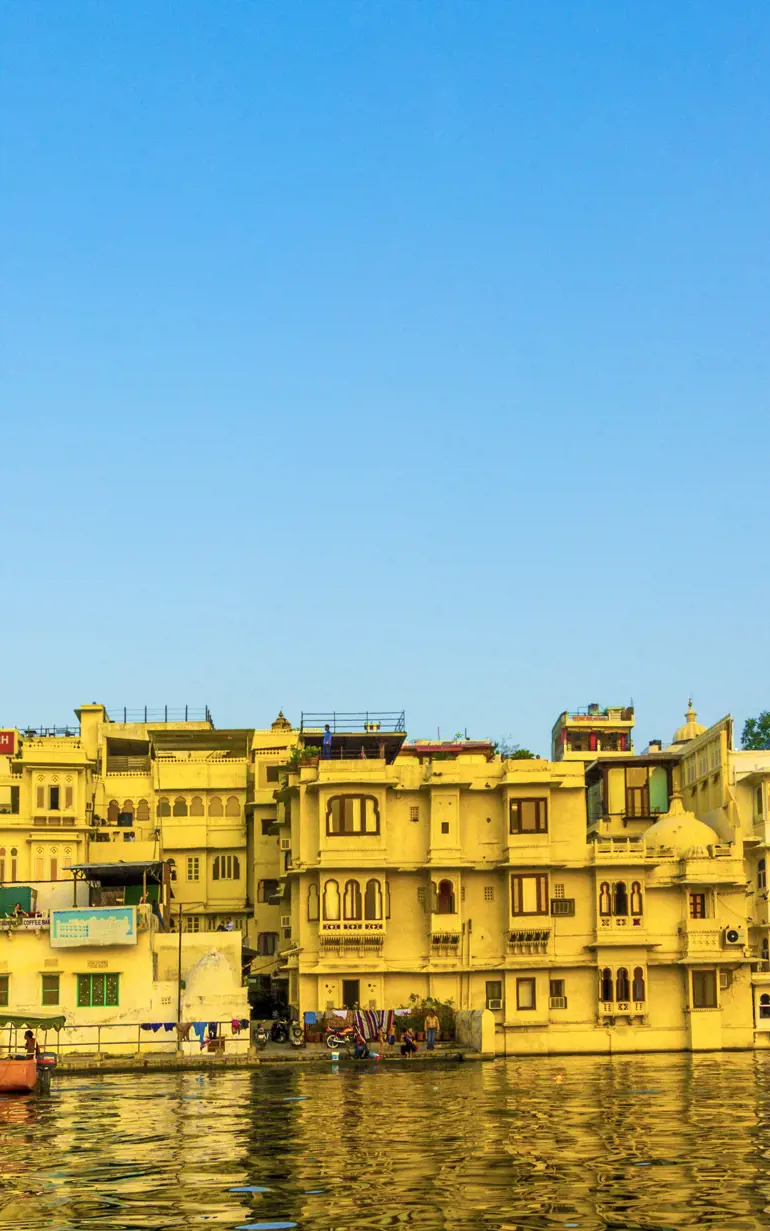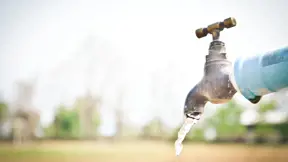
Managing water distribution in Rajasthan, India
Benchmarking water distribution with hydraulic simulations and analyses
The western Indian state of Rajasthan is known for its natural beauty and colourful history. However, 60% of the state’s land is desert – the main cause of its acute water supply deficiency. In the context of water distribution, benchmarking is an effective tool to identify critical components of the water distribution system where interventions are required. To benchmark the water supply and distribution system in Rajasthan, we conducted hydraulic modelling of the system in 222 towns. In doing so, we helped the state government in their objectives of equalising water pressure and enabling its equitable distribution.
Challenge
Rajasthan – a land thirsting for water
Rajasthan is India’s largest state, covering an area of 342,000 km2 with a population of 78.23 million people (Census 2022/2023). The Aravalli mountain range runs from the south-west of Rajasthan to the north-east. This has divided the state into two distinct geographical regions – the Thar Desert covering over 60% of the state’s land (which leaves Rajasthan acutely deficient in water supply) and the fertile eastern region. The distribution of Rajasthan’s urban centres is related to climatic conditions, water resources, and soil fertility.
As such, the north-west region is sparsely populated compared to the eastern region. Historically, Rajasthan has some of the best planned cities and towns in India. However, rapid urban population growth over the last decades has resulted in considerable degradation of these urban areas.
In a study that we conducted in 222 Rajasthan towns, we observed that most of the junctions have inadequate pressure in the water distribution system. High head losses (excessive pressure drop – due to friction – as a fluid flows through a pipe) were noted due to the non-optimal design of the system in some areas. In others, water failed to reach consumers on account of low terminal pressure. As such, the water supply was intermittent and the efficiency of the system was compromised.
Solution
Hydraulic simulations helped optimise the water distribution network
Water networks consist of pipes, junctions, pumps, valves, service reservoirs, etc. Asset database and management is the key to analysing any water supply system. As part of the benchmarking process for the water supply and distribution system in Rajasthan, we conducted a detailed study in 222 towns in the state.
Our study was classified into four stages – model building, model calibration, optimisation and reporting. In the process, we dealt with an enormous database comprising assets, topography of the area, supply quantity and duration.
With MIKE+, we could manage and analyse this data efficiently. The advanced water modelling software provided a detailed solution for complete integration of GIS and water modelling for Rajasthan’s water distribution network.
The existing simulated network was approximately matched with the measured field pressures in the model calibration process. We used MIKE+ to map the low pressure junctions and critical pipes of the network. We then carried out detailed analyses of these variables with adequate hydraulic simulations.
We proposed that new pipelines be laid parallel to the critical pipelines. New pipelines will be less rough and optimised in diameter, thereby reducing head losses in the system. These proposed parallel pipelines will increase the flow in the system and eventually the terminal pressure in the system as well. According to our assessments, creating loops in the network will also increase the terminal pressure in the system, in some instances.
Results
A planned benchmarking like this determines bottlenecks and critical assets in the system, thereby creating a roadmap for future investments. In the 222 towns that our study covered, the water supply is maintained by the Public Health Engineering Department of Rajasthan (PHED). The study provided an immediate solution to the challenges facing the demand-loaded water distribution network of Rajasthan. It also gave an estimate to the PHED about future improvement plans for water distribution networks. These could be applicable to other parts of Rajasthan as well as to other Indian states facing similar water distribution problems.
- Optimised water distribution by generation of adequate terminal pressure
- Potential for converting the intermittent water supply to a 24×7 supply
- Increase in consumer satisfaction
Client:
Location:
India
Related SDGs:
SDG 6: Ensuring access to water and sanitation for all
SDG 11: Make cities and human settlements inclusive, safe, resilient and sustainable
Technology:
About our client
End Client: Public Health Engineering Department, Government of Rajasthan
Sub-consultant to: SMEC International Pty. Ltd.
You may also like
How can we help?
With our global network of offices, we make sure you get the right answers to your local needs. Tell us about your water challenges and we will get back to you.


